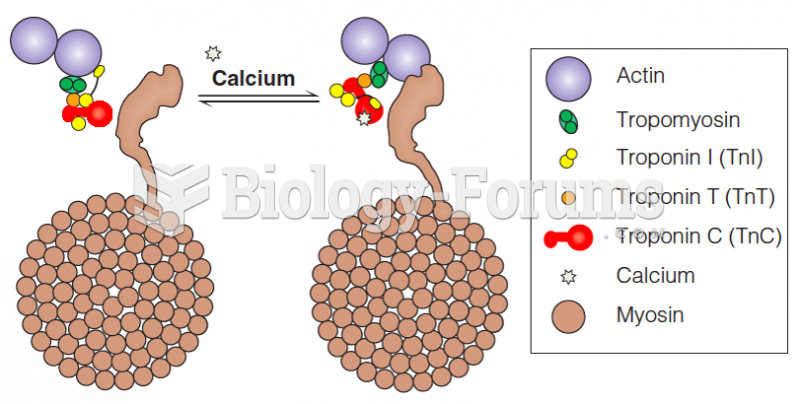Answer to Question 1
Correct Answer: 3
Rationale 1: Calcium channel blockers have little or no effect on preload.
Rationale 2: Some calcium channel blockers decrease contractility (negative inotropic effect).
Rationale 3: Calcium channel blockers cause arteriolar smooth muscle relaxation, leading to lowered peripheral resistance and decreased blood pressure (decreased afterload). This decreases myocardial oxygen demand and reduces frequency of anginal pain.
Rationale 4: Some calcium channel blockers lower heart rate (negative chronotropic effect).
Global Rationale: Calcium channel blockers cause arteriolar smooth muscle relaxation, leading to lowered peripheral resistance and decreased blood pressure (decreased afterload). This decreases myocardial oxygen demand and reduces frequency of anginal pain. Calcium channel blockers have little or no effect on preload. Some calcium channel blockers decrease contractility (negative inotropic effect). Some calcium channel blockers lower heart rate (negative chronotropic effect).
Answer to Question 2
Correct Answer: 1
Rationale 1: Thrombolytics have a narrow margin of safety between having therapeutic effects and causing severe adverse reactions.
Rationale 2: The primary risk of thrombolytics is excessive bleeding due to interference in the clotting process. Clients need to be monitored for early signs of bleeding, including hypotension, and tachycardia.
Rationale 3: The primary risk of thrombolytics is excessive bleeding due to interference in the clotting process. Clients need to be monitored for early signs of bleeding, including hypotension, and tachycardia.
Rationale 4: Thrombolytics do not inhibit the extrinsic clotting pathway, so prothrombin time monitoring is not indicated.
Global Rationale: Thrombolytics have a narrow margin of safety between having therapeutic effects and causing severe adverse reactions. The primary risk of thrombolytics is excessive bleeding due to interference in the clotting process. Clients need to be monitored for early signs of bleeding, including hypotension, and tachycardia. Thrombolytics do not inhibit the extrinsic clotting pathway, so prothrombin time monitoring is not indicated.







